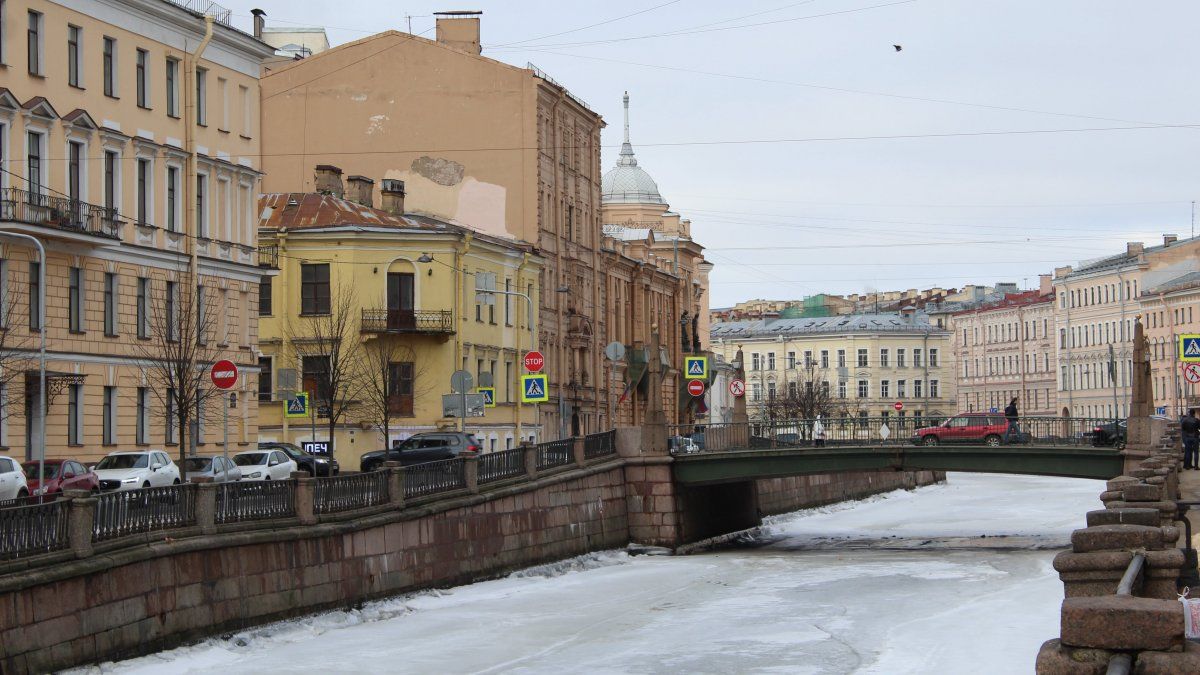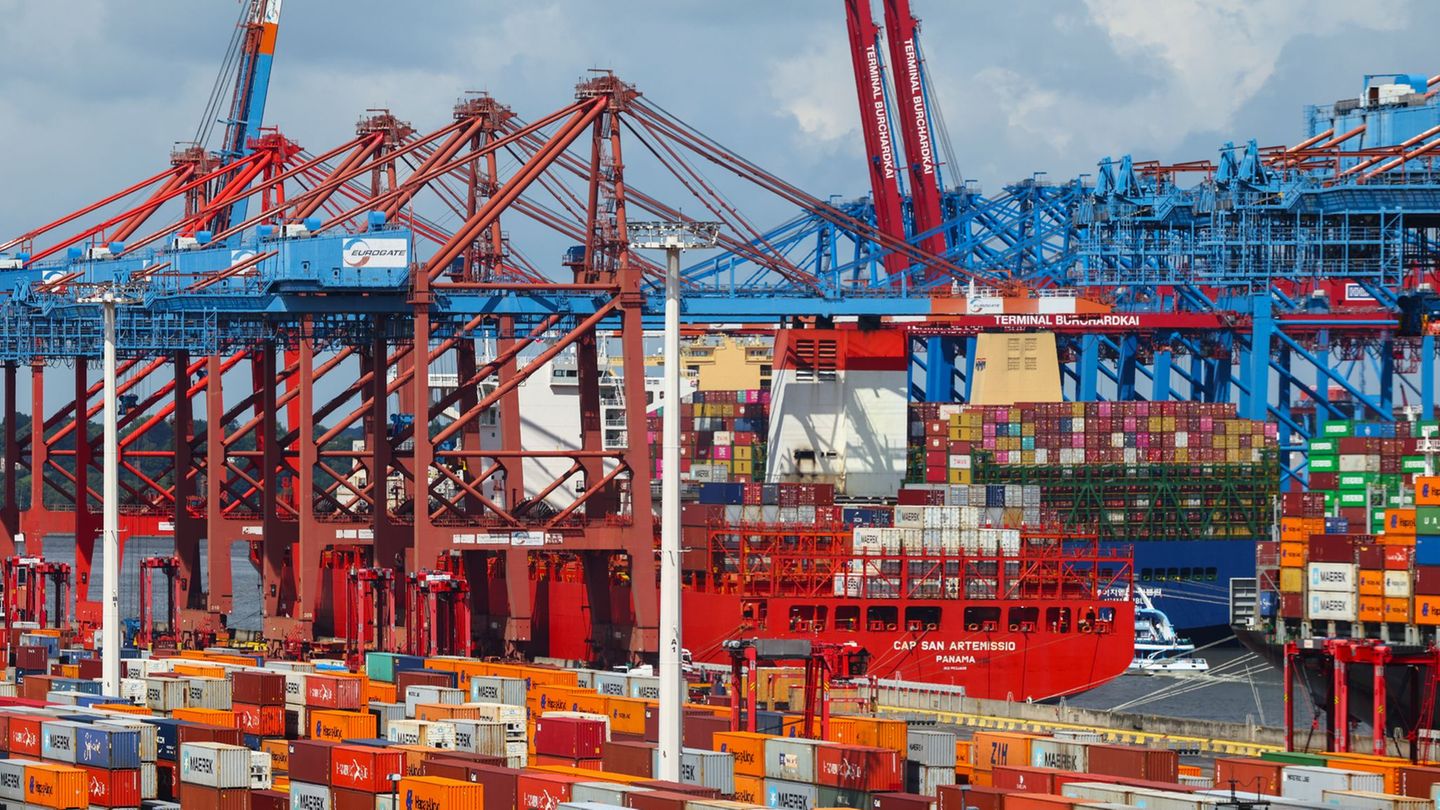Due to the climate changethe Extreme cold waves in Northern Europe They will be less frequent but more dangerous, revealed a study published this Wednesday. Finland, Norway and Sweden they lived in january a strong cold wave that broke records. The town of Vittangi, in northern Sweden, reached the lowest temperature in the three countries since the beginning of the century, with -44.6 degrees Celsius.
In Oslo temperature fell below -30ºC for the first time, down to -31.1ºC.
Human-caused climate change and how it affects cold waves in Northern Europe
The ocold weather caused by Arctic air currents They affected transportation, damaged water pipes and forced schools to close, while the prices of electricity, used for heating in the region, skyrocketed.
Polar cold in Europe has already caused 480 deaths in two weeks
Cold snaps caused by Arctic air currents disrupted transportation, damaged water pipes and forced schools to close.
Without global warming attributed to humanity, Temperatures in the region would have been about four degrees lower, according to the study by researchers from the World Weather Attribution (WA) network.
With planet temperatures 1.2º warmer that in the preindustrial era, such frosts become increasingly rare in Northern Europe.
The explanation for cold waves according to scientists
At the moment, five-day cold snaps are five times less likely, and one-day cold extremes are 12 times less likelyaccording to the team of 19 international researchers.
“In an increasingly hot planet, cold waves become less intense and less frequent,” he said.– Izidine Pinto, researcher at the Royal Netherlands Meteorological Institute. “However, this is no cause for celebration,” she warned.
The Less frequent cold snaps could bring Nordic countries, accustomed to extreme cold, to let down your guardthe scientists warned.
“Cold waves are an important risk for the region,” he indicated. Dorothy Heinrich, climate risk advisor at the Red Cross and Red Crescent Climate Centre. “Even if on average they are less frequent, those of the future could have a greater impact if risk perception and preparation decrease”he indicated.
The care that must be taken against cold waves in Northern Europe
Like other extreme weather events, cold waves can have deadly consequences for vulnerable and fragile populations that require special protection.
“Elderly, children, people in precarious housing and people without adequate energy or without a home are especially vulnerable to low temperatures,” he said. Henry. Temperature fluctuations above and below freezing also cause problems.
“The constant freezing and thawing of water presents challenges for infrastructure and road safety,” he said. Erik Kjellstrom, a climatologist at the Swedish Meteorological and Hydrological Institute (SMHI).
“It can also create a more stratified snowpack that increases the danger of avalanches and reduces access to food for reindeer and other animals,” he added.
As there is a cold wave, there is also warming in the region
To the north of the Nordic countries, Rising temperatures caused sea ice to melt, which in turn contributes to warming the region. According to a study published in 2022 by Finnish and Norwegian researchersthe Arctic warmed four times faster than the rest of the world since 1979a phenomenon called “Arctic Amplification.”
“Until we abandon fossil fuels and reduce emissions to net zero, climate change will continue to make the Earth a tougher place to live,” he said. Sjoukje Philip, Royal Norwegian Meteorological Institute.
The COP28 climate summit
In the COP28 climate summit December in Dubai, the international community agreed to a progressive reduction in fossil fuels.
But oil and gas producing countries, including Norway, continue to grant exploration licenses, delaying the energy transition demanded by scientists and climate activists.
Source: Ambito




